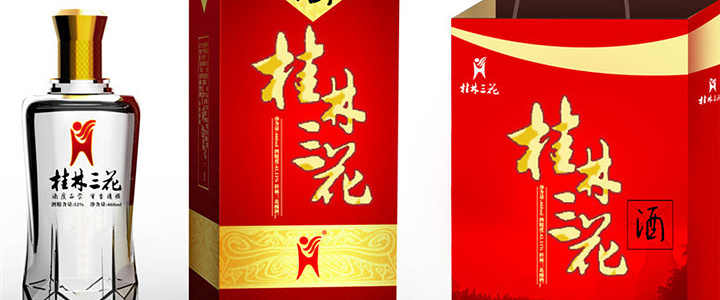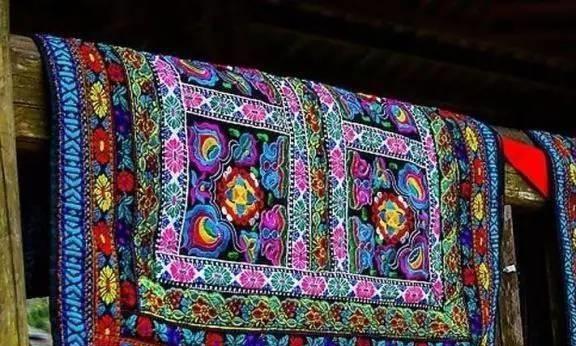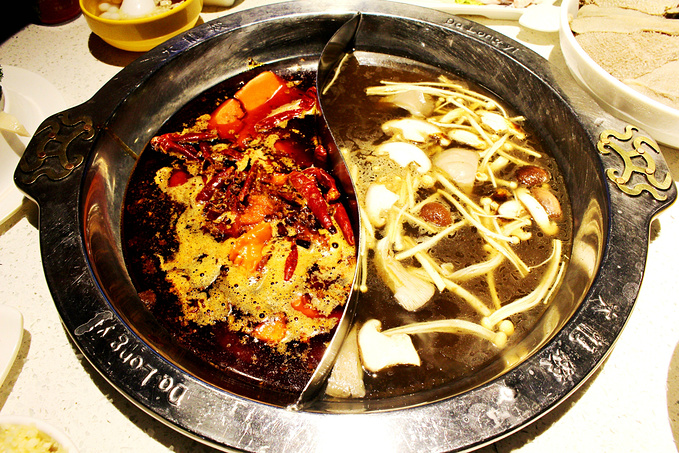
Also known as Ham and Turtle soup, this dish of Stewed Mati Soft-shelled Turtle in Clear Soup is one of the oldest traditional dishes in Anhui province. It uses soft-shelled turtles from the mountainous areas near Huangshan.
2024/01/28

Zhonghe Concoction also called Zhonghe Soup, is a well-known dish from Qimen county, Huangshan city. As a famous dish of Anhui cuisine, Zhonghe Concoction is an important part of people’s life in Anhui province. It is known for its fresh taste and strict requirements for ingredients.
2024/01/28

There are many bars at Yangshuo West Street which is must-see while you must enjoy your nightlife when you stay in Yangshuo. Here lists top bars at Yangshuo West Street.
2024/11/23

Guilin rice noodle are exquisite in workmanship, round, smooth and flexible in taste. Guilin rice noodle is most particular about the production of brine, and its process varies from family to family.
2024/11/23

Guilin Sanhua Wine is one of the three treasures of Guilin and also a source of pride for Guilin people. Sanhua Wine is known as the king of rice wine, colorless and transparent, with a clear and elegant honey fragrance.
2024/11/23

Zhuang Brocade is a famous handicraft of the Zhuang ethnic group in Guangxi, and Zhuang women in Guilin are extremely skilled at it. It is carefully woven with various colors of velvet and fine yarn.
2024/11/23

Lingui Osmanthus Cake is a traditional snack in Lingui County, Guilin City, famous for its sweet and delicious taste, smooth and delicate texture. Osmanthus Cake is made from fresh local osmanthus flowers, with a pleasant and fragrant taste that leaves a lasting impression.
2024/11/24

Gongcheng Moon-like Persimmon is one of the famous specialties in Guilin City. Produced in Gongcheng County of Guilin City, it is famous for its large, thin skin, sweet and not greasy taste.
2024/11/24

Sichuan cuisine is one of the four traditional Han Chinese cuisines, one of the eight major Chinese cuisines, and the culmination of Chinese cuisine. It has a wide range of ingredients, various seasonings, diverse dishes, clear and fresh flavors, and a balanced emphasis on richness and richness.
2024/11/27

Sichuan hotpot, one of dishes of Sichuan Cuisine, is famous for its hemp, spicy, fresh and fragrant flavor. It comes from the folk and is sublimated in the temple. Whether it is a peddler, a dignitary, a scholar, a merchant, a farmer, or a man/woman, it has a wide range of consumer groups and a large number of per capita consumption. As a kind of food, hotpot has become a representative food in Sichuan and Chongqing.
2024/11/27